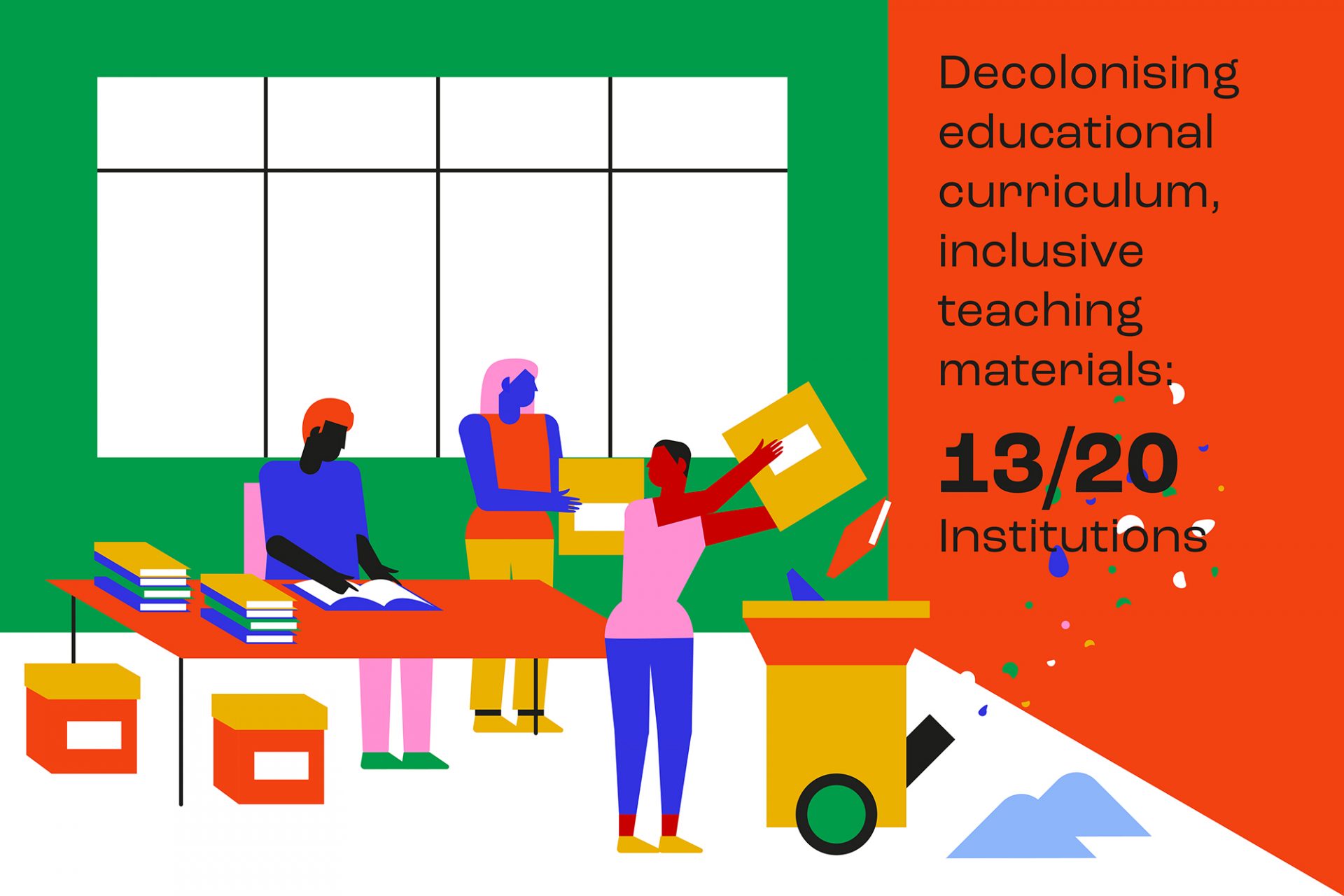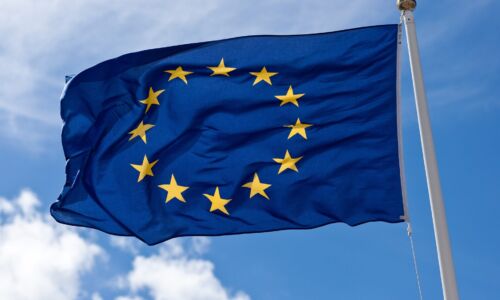-
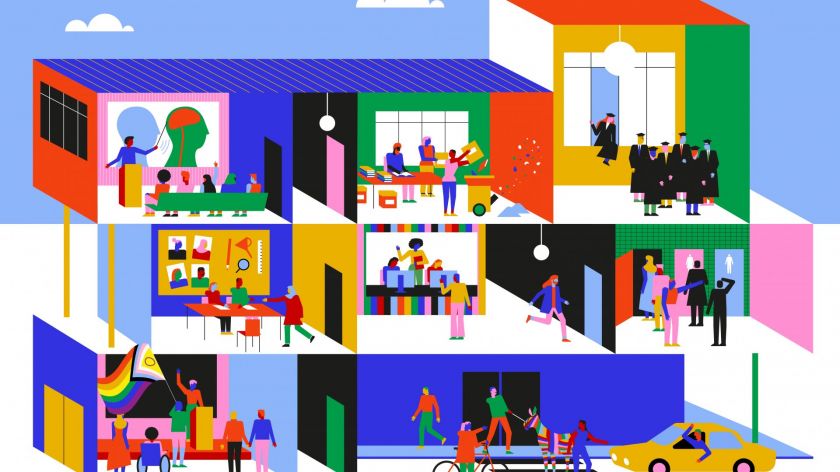 Illustration: Jowan de Haan
Illustration: Jowan de Haan
Gender-neutral toilets and rainbow zebra crossings are obvious signs of diversity and inclusivity policies at universities, but those aren’t the only ones. Together with other media in higher education, Vox performed a study of diversity and inclusion in higher education, which identified where in higher education this policy is in evidence. In what concrete ways do students and staff see all of the intentions and policy documents reflected?
1. Decolonising the curriculum, inclusive teaching material
Of the 20 institutions studied, 13 (see below) have said they are examining their teaching material in order to make it more inclusive.Radboud University wants to make its curricula more diverse and pay attention to decolonisation. The university’s DEI-plan Imprinting Change explicitly mentions this as a goal.
2. Diversity events
All of the 20 institutions studied regularly organise events around the theme of diversity and inclusion. These can be lectures and debates as well as informal networking events or outreach programmes. Radboud University’s Diversity, Equity and Inclusion Office (DEI-Office) hosted a solidarity week this spring, with the goal of creating awareness about inequality, suppression and marginalisation.
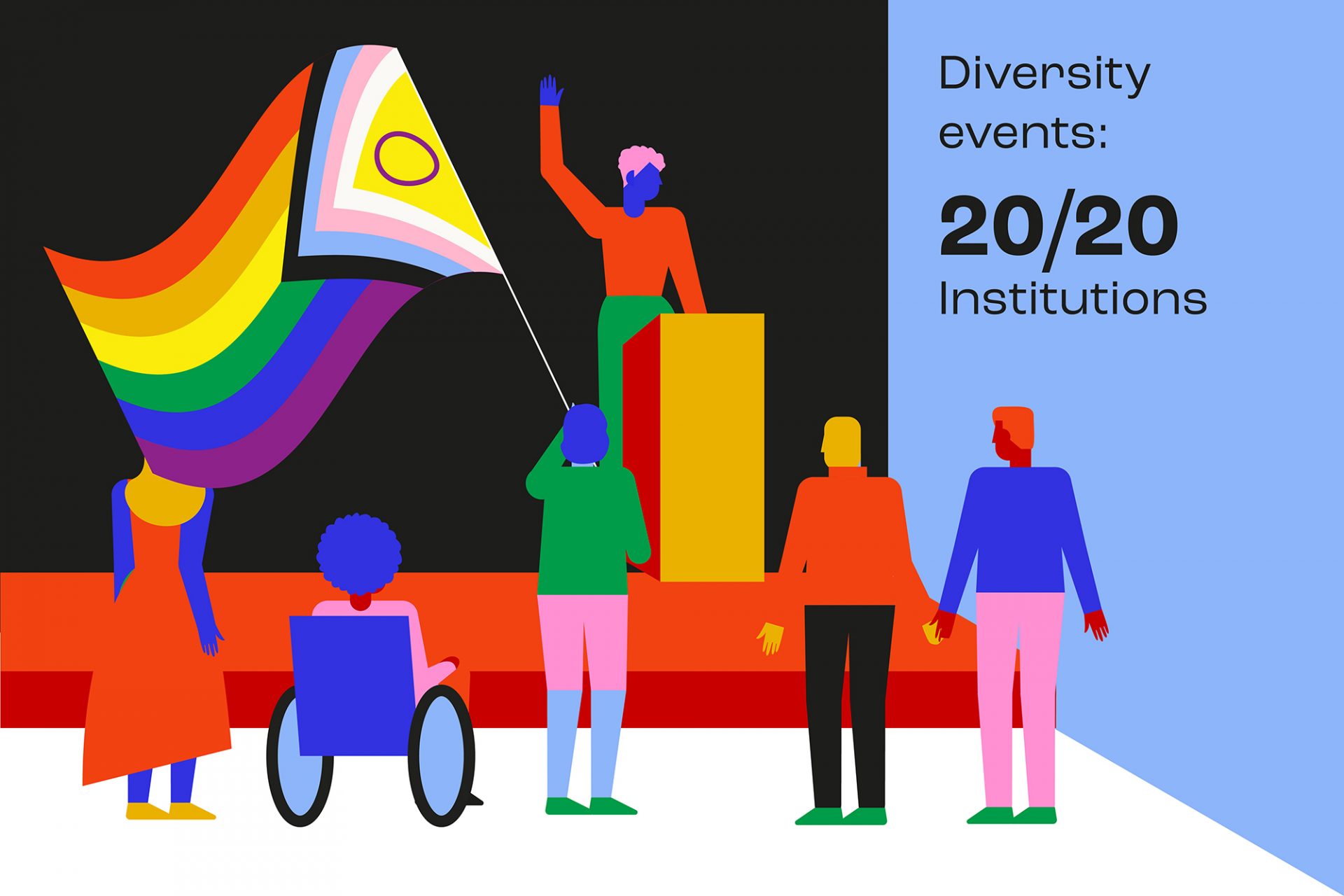
3. Separate physical space for a diversity office or diversity policy officers
Each institution has organised its diversity policy differently. Diversity officers often form part of an HR or student affairs department. Of the 20 institutions, 7 have a separate, recognisable space for the diversity office. The DEI-Office is under the direct supervision of the Executive Board; it does not have a physical location.
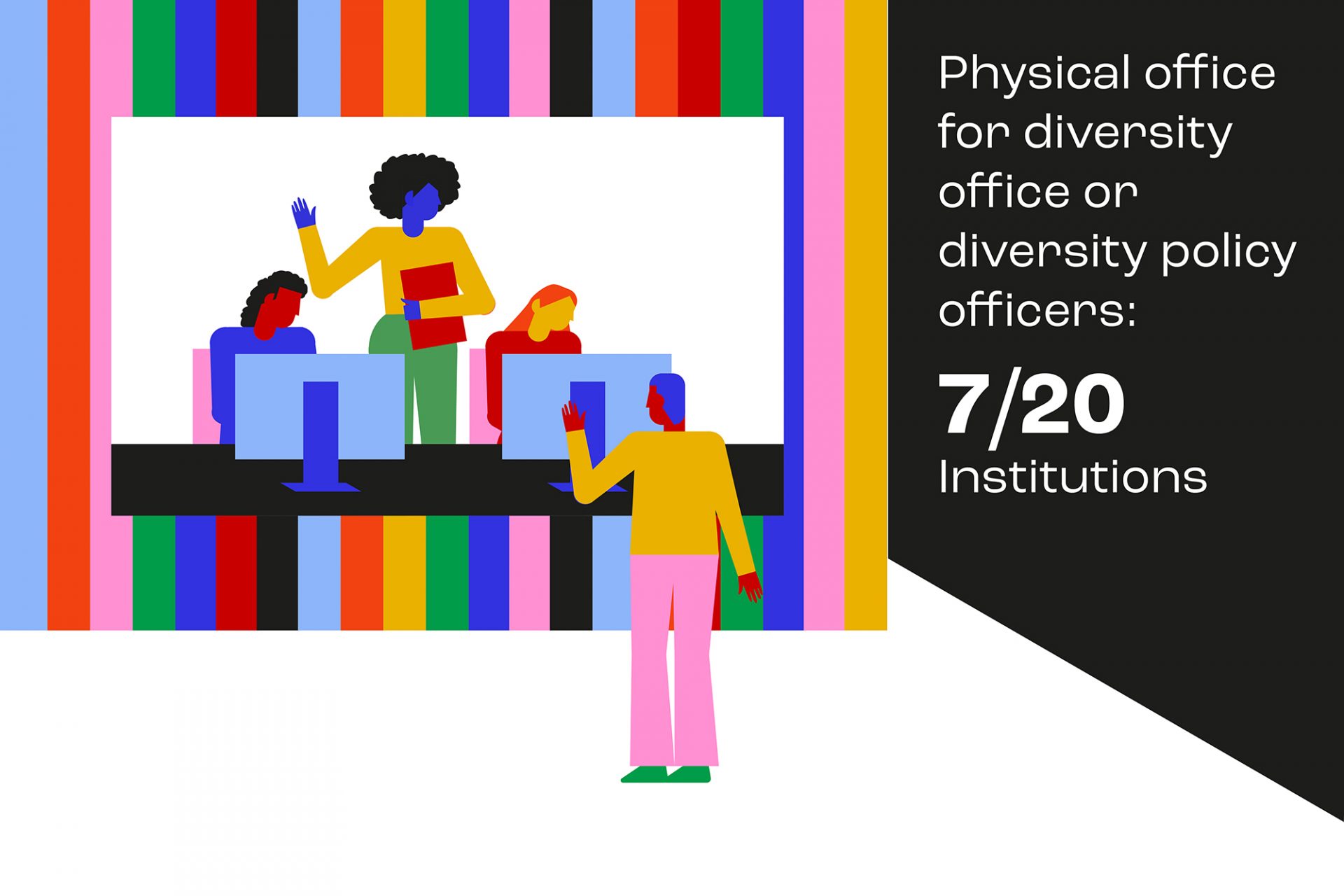
4. Target figures for female professors
These figures only apply to research universities, not to universities of applied sciences. All 13 universities have target figures for the appointment of female professors. Only Eindhoven University of Technology also has a quota of female professors who must have been appointed by a specific time. Radboud University has set the goal that, by 2025, women should comprise 36 percent of its professors. Spokesperson Agnes Muskens stated that ‘a strong push’ is needed to reach this goal.
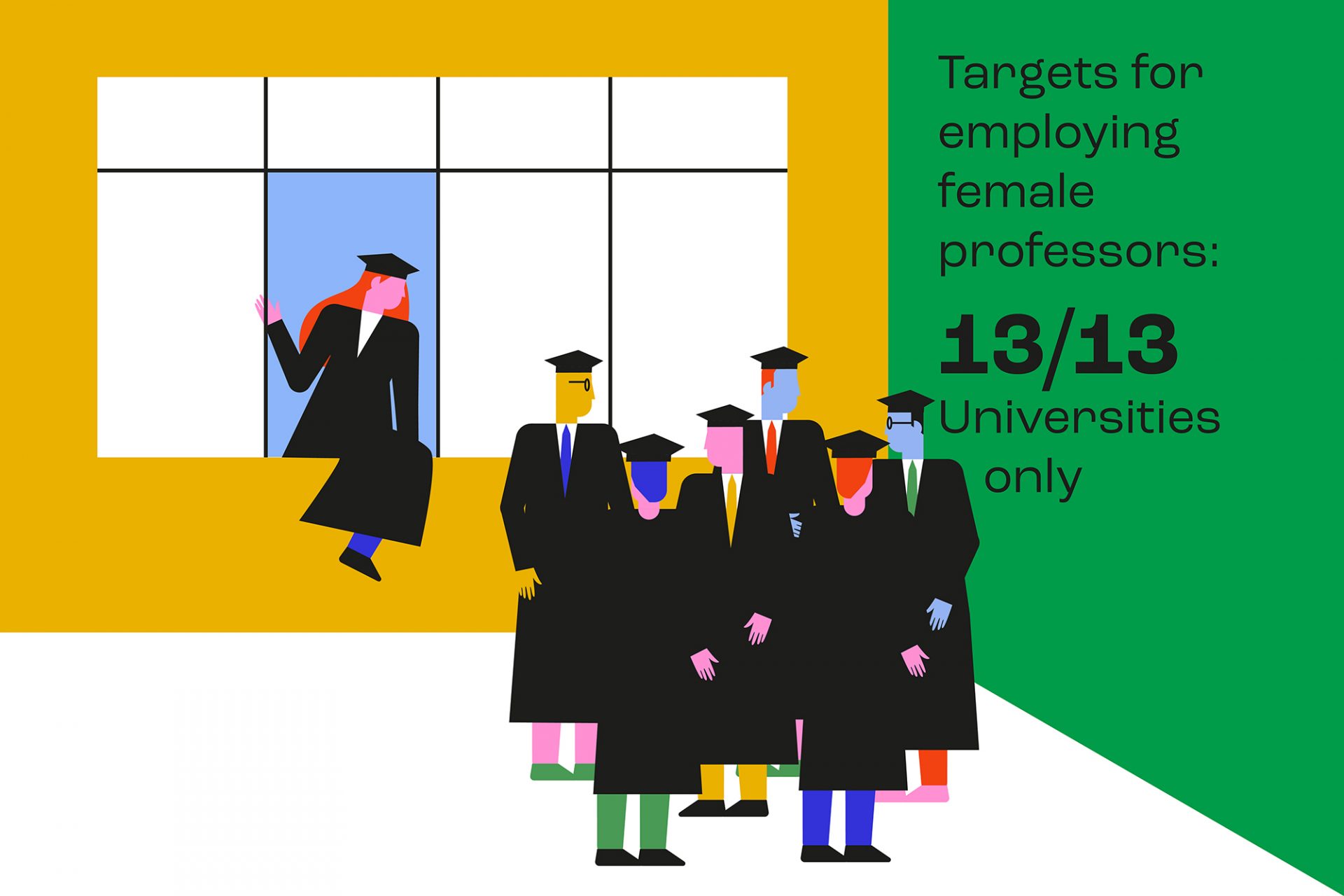
5. Rainbow zebra crossing or other permanent LGBTQI symbol at the institution
We found a public LGBTQI symbol on the premises of 9 of the 20 institutions studied. These are often rainbow zebra crossings, stairs or ramps. Radboud University is among the 11 institutions with no permanent LGBTQI symbol on campus.
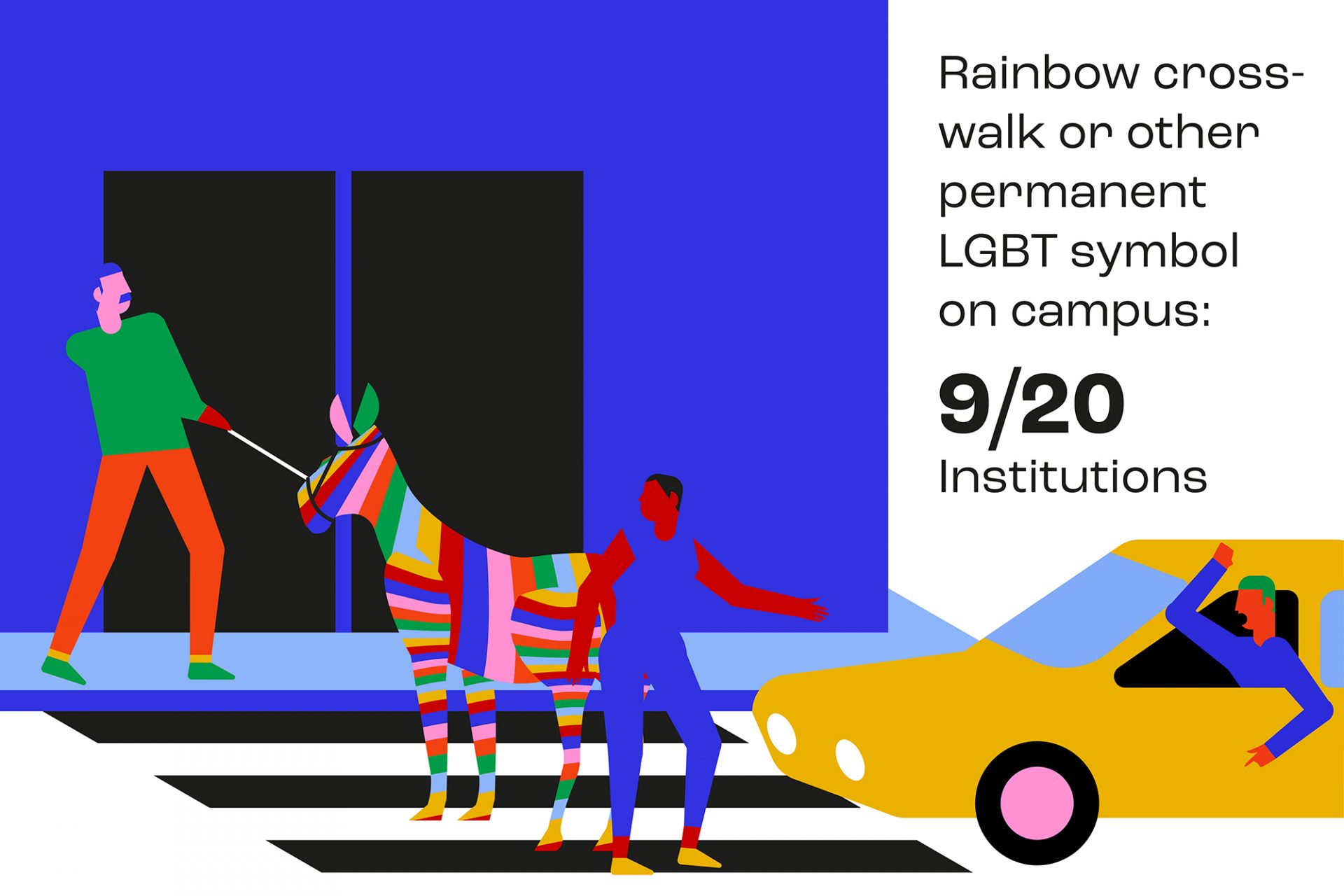
6. Gender-neutral toilets
All of the institutions studied have at least one gender-neutral, or all-gender, toilet. Sometimes, it takes a while to discover where these are and how many there are. Inclusive toilets are commonplace at the university buildings in Nijmegen. The Erasmus building has had them for years, and half the toilets in the Huygens building were renovated last year to accommodate people of all stripes. All of the toilets in the Maria Montessori, the newest building, are gender neutral.
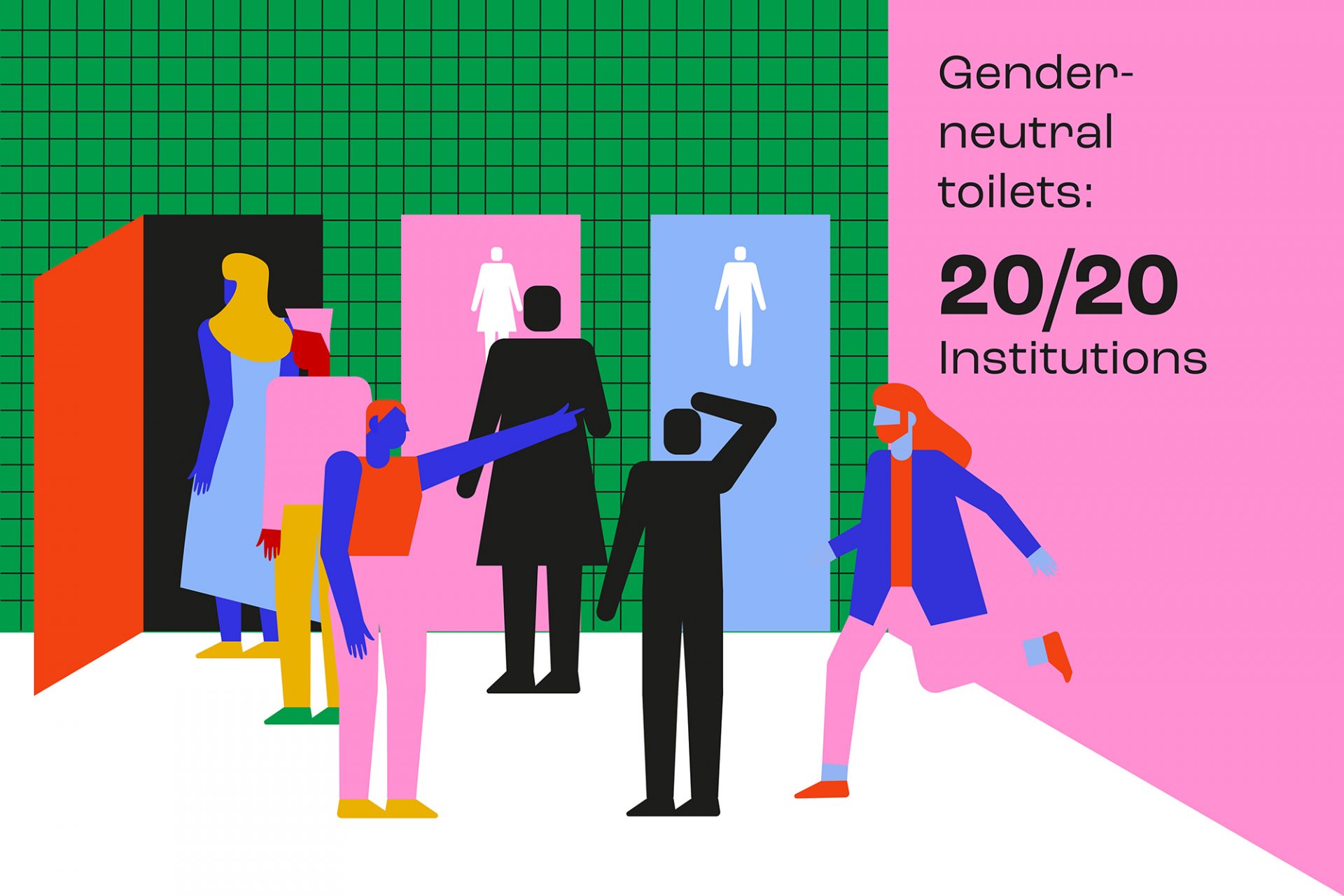
7. Toolkit for recruitment and selection; toolkit for writing inclusive job advertisements
All of the institutions studied are also taking action to make the staff recruitment process more inclusive. They are offering training and resources during recruitment and making it clear in job advertisements that the institution is open to everybody. The Radboudumc uses gender neutral language in its job postings. Radboud University is experimenting with training modules to ‘educate selection committee members on issues of gender and diversity’, according to the Gender Equality Plan.
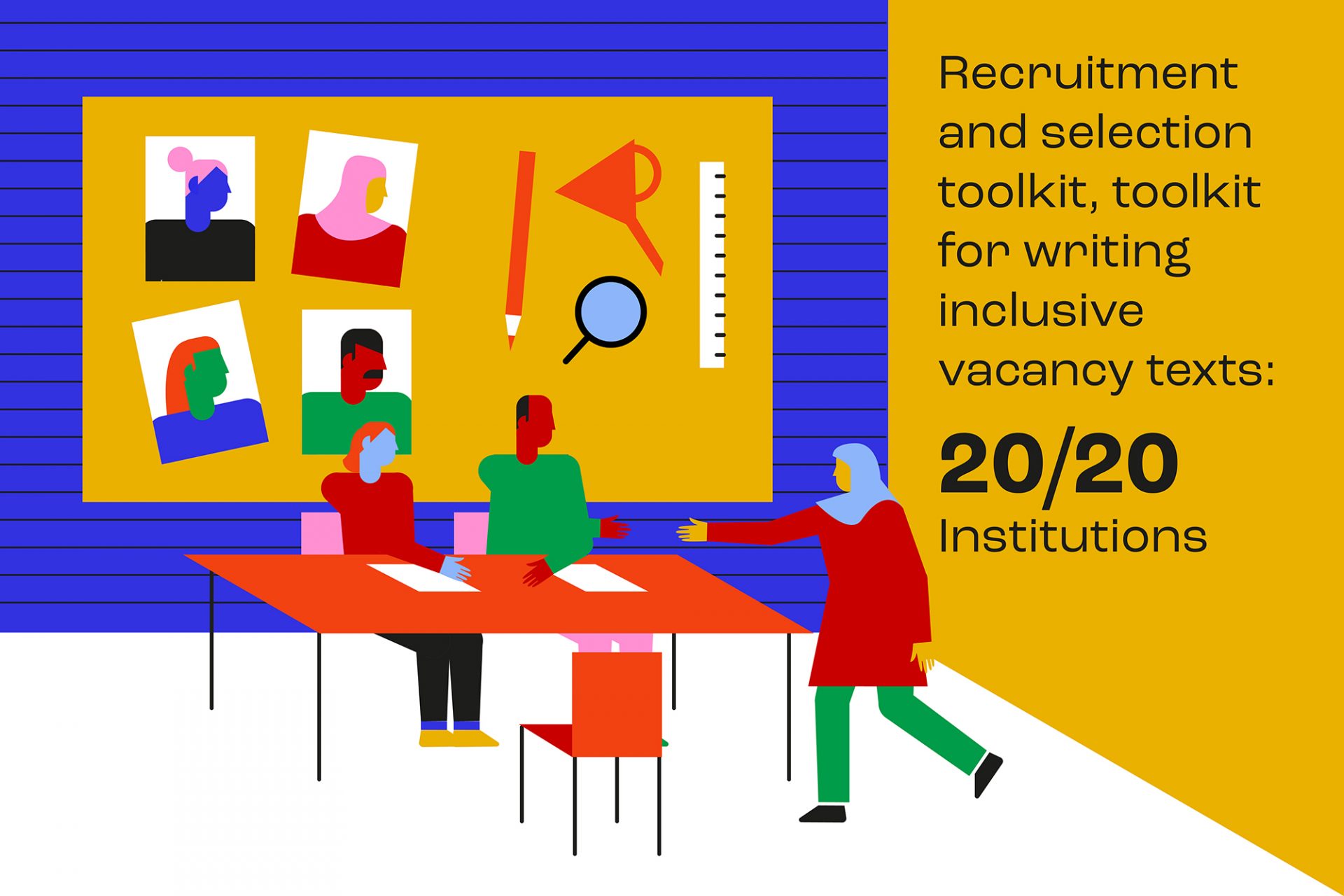
8. Unconscious bias training
All of the institutions studied have a form of unconscious bias training that teaches staff and students to recognise and address their own blind spots and unconscious biases. These training sessions are not mandatory at most institutions. These types of training are also available in Nijmegen. Additionally, the University and the Radboudumc held interactive theatre workshops last year, where employees learned to recognise their own (subconscious) preconceptions. The shows depicted situations based on actual workplace incidents.
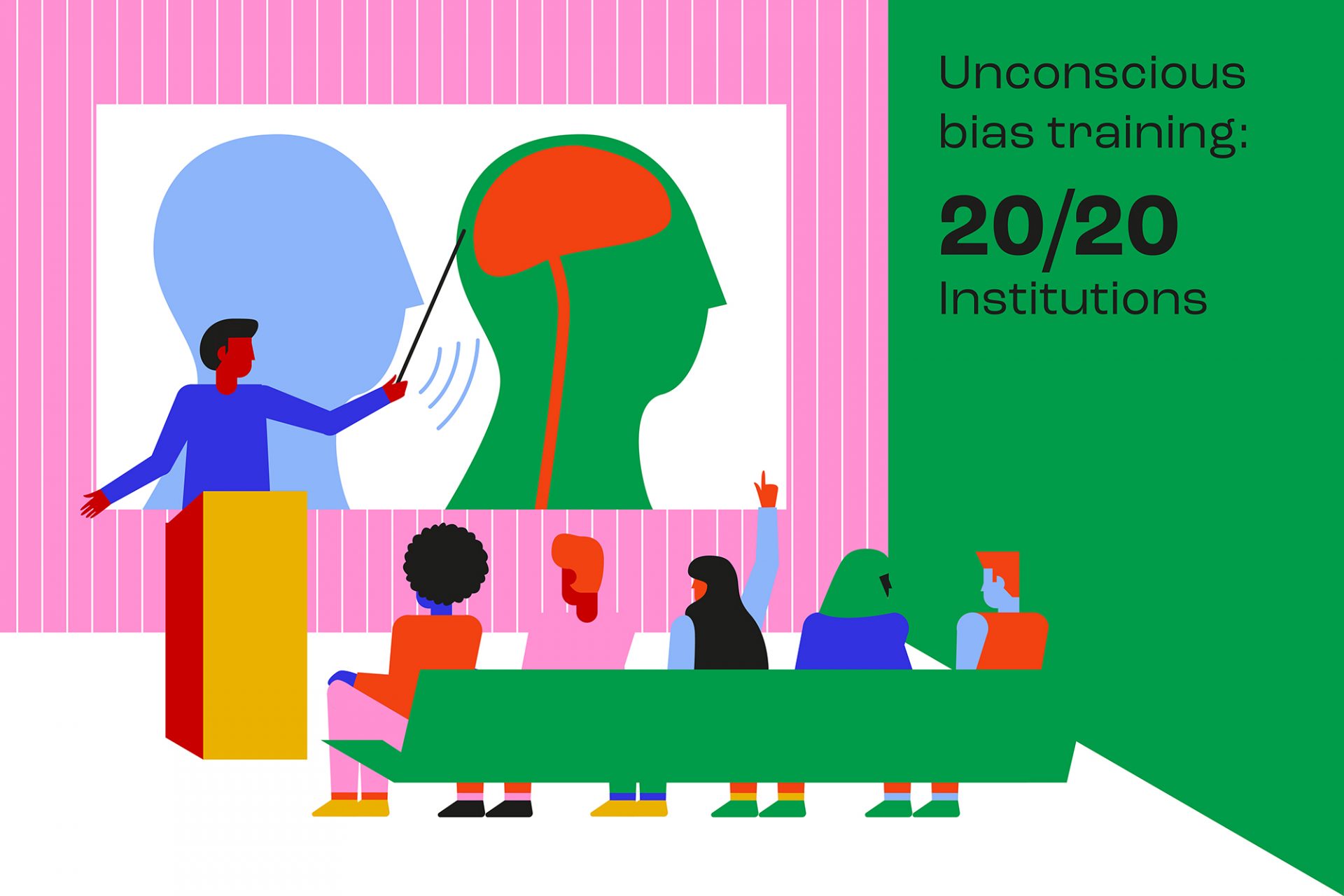
Explanation of study
For this study, 36 policy documents of 21 educational institutions were analysed. The institutions comprised 13 research universities and 8 universities of applied sciences.* The documents included visions, strategies, policy documents, action plans and position papers in which educational institutions set out their plans.
The following institutions were studied:
Fontys University of Applied Sciences, University of Groningen, VU University Amsterdam, Utrecht University, University of Twente, Avans University of Applied Sciences, Eindhoven University of Technology, Erasmus University Rotterdam, Rotterdam University of Applied Sciences, Radboud University Nijmegen, University of Applied Sciences Utrecht, Delft University of Technology, HAN University of Applied Sciences, Maastricht University, Amsterdam University of Applied Sciences, Hanze University of Applied Sciences, Tilburg University, Saxion University of Applied Sciences, University of Amsterdam, Wageningen University, Leiden University.
* The participating media of the research universities and universities of applied sciences are affiliated with the Circle of Editors-in-chief of Higher Education Media.
This study was partly made possible by a contribution from the Journalism Promotion Fund. The article was written by Wieneke Gunneweg and based on research by Manon Dillen. The images were made by Jowan de Haan.
